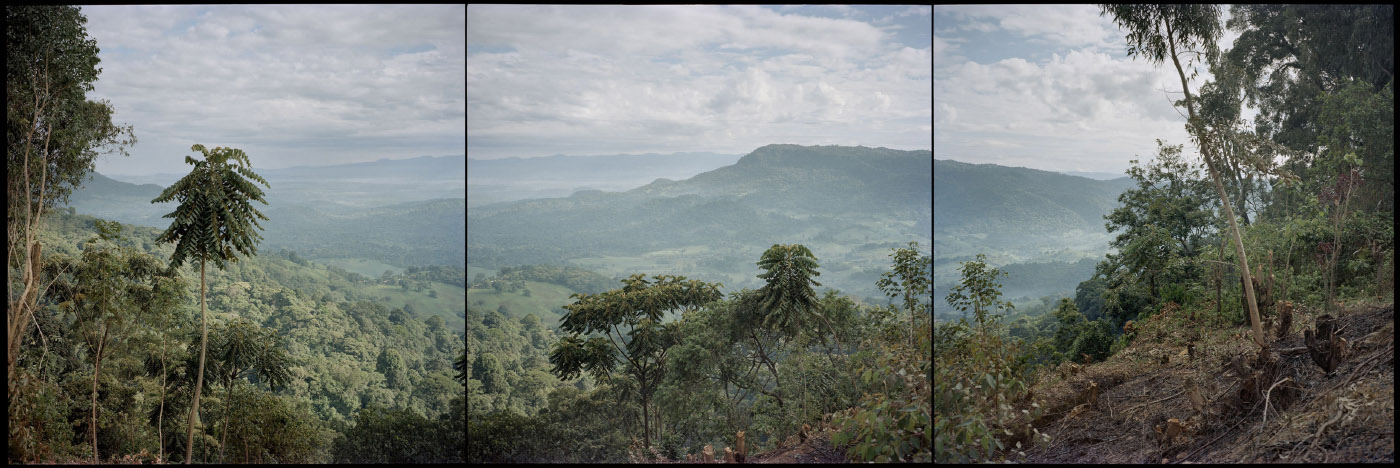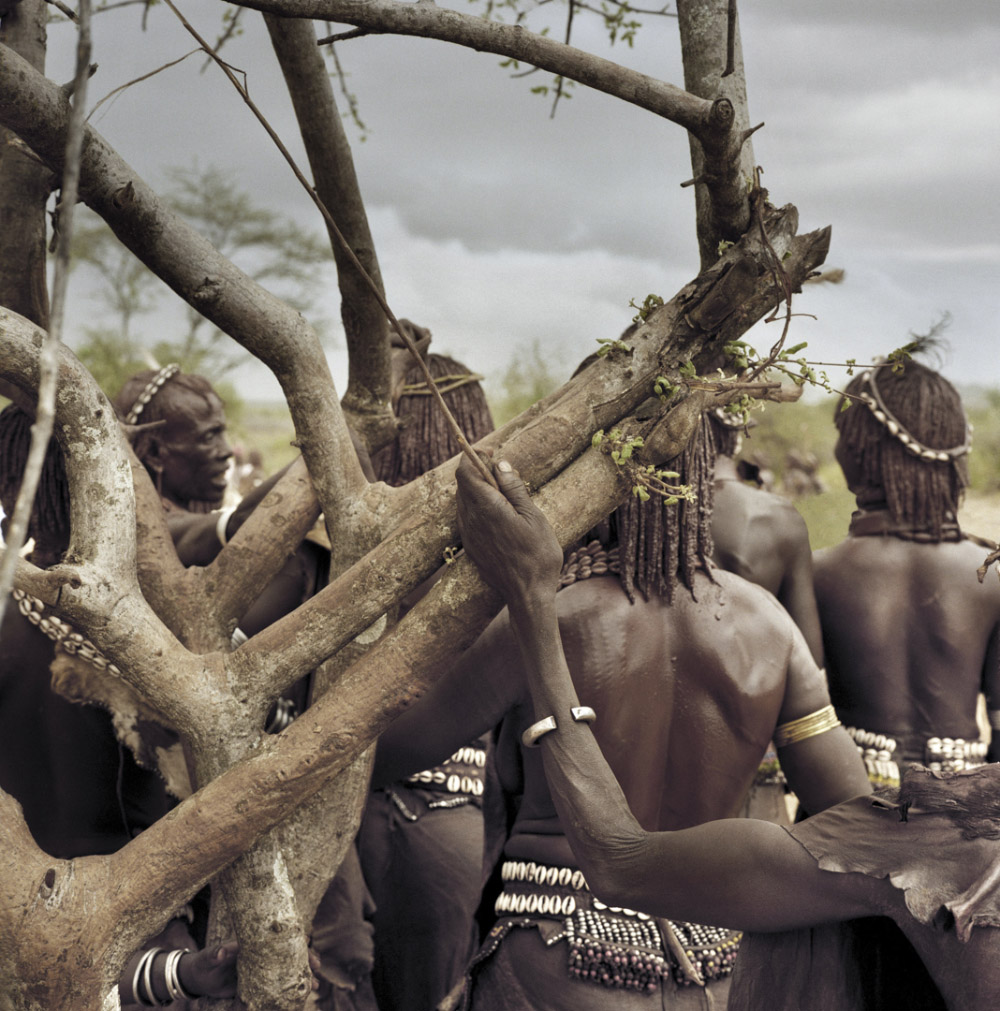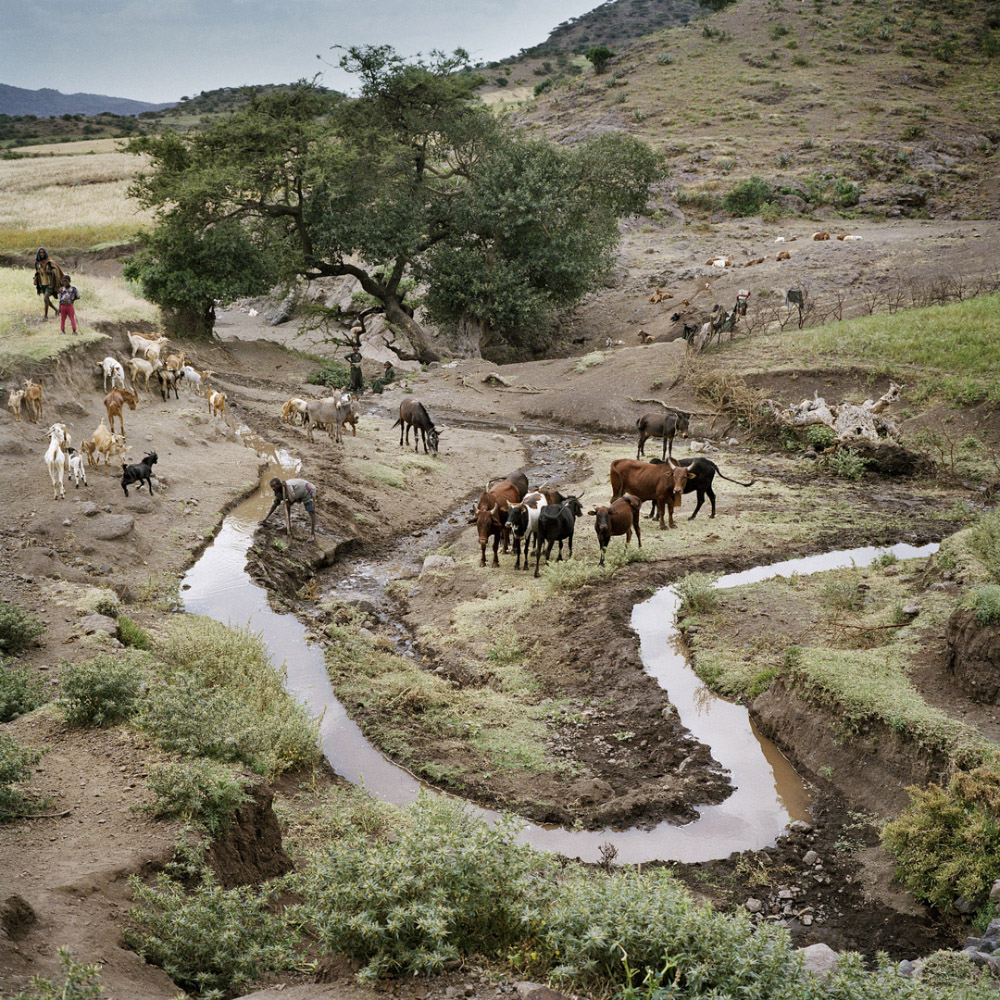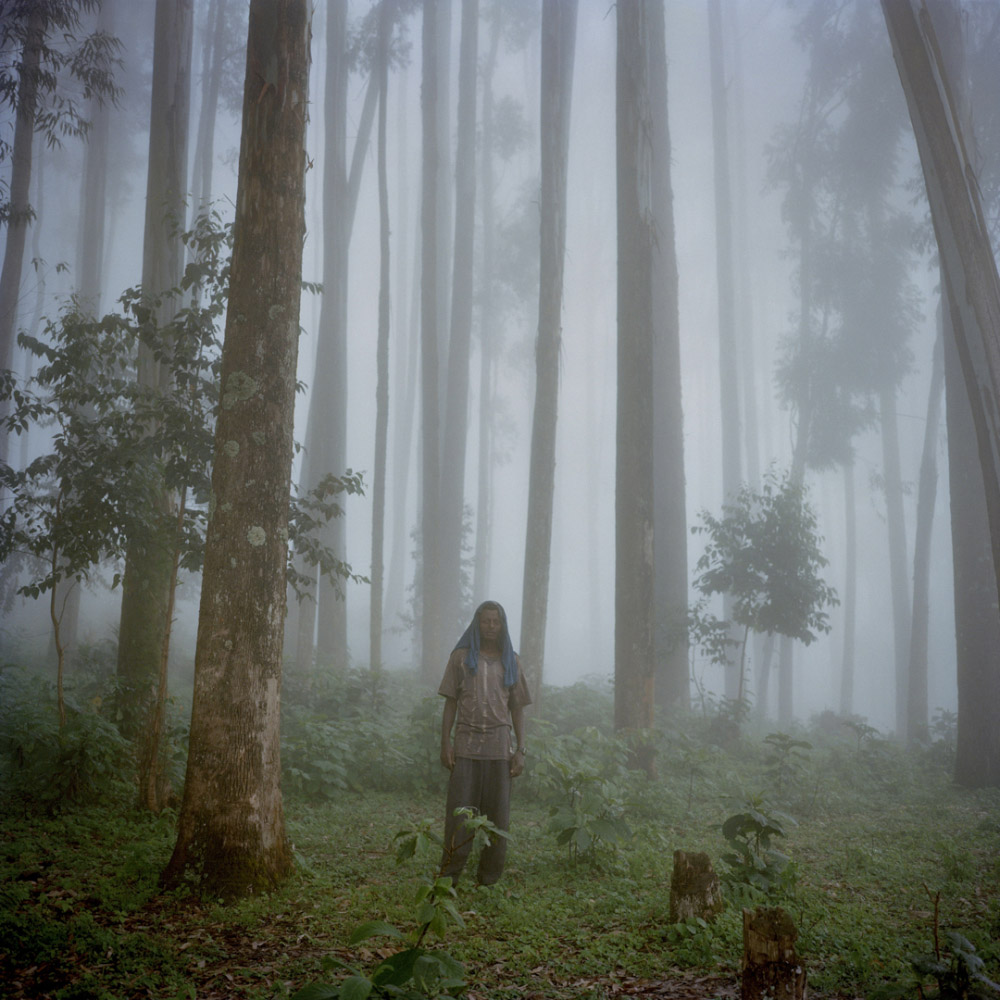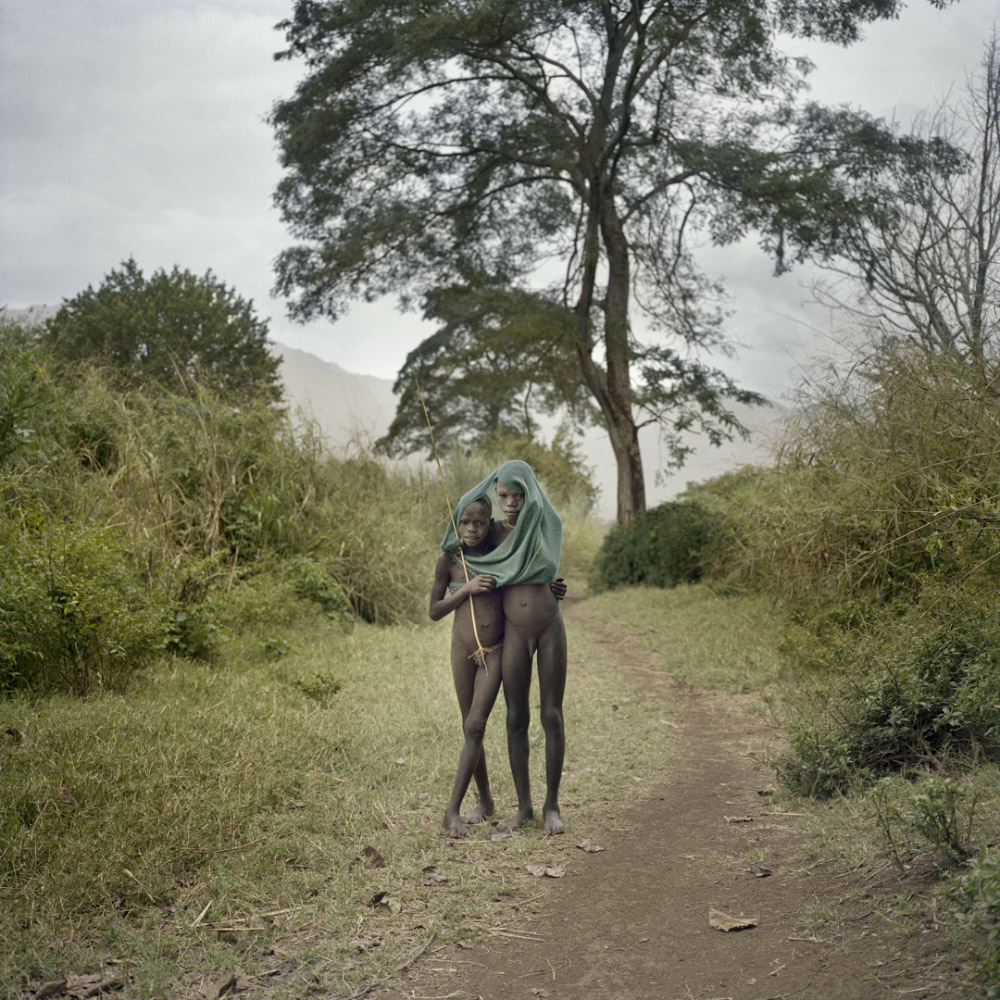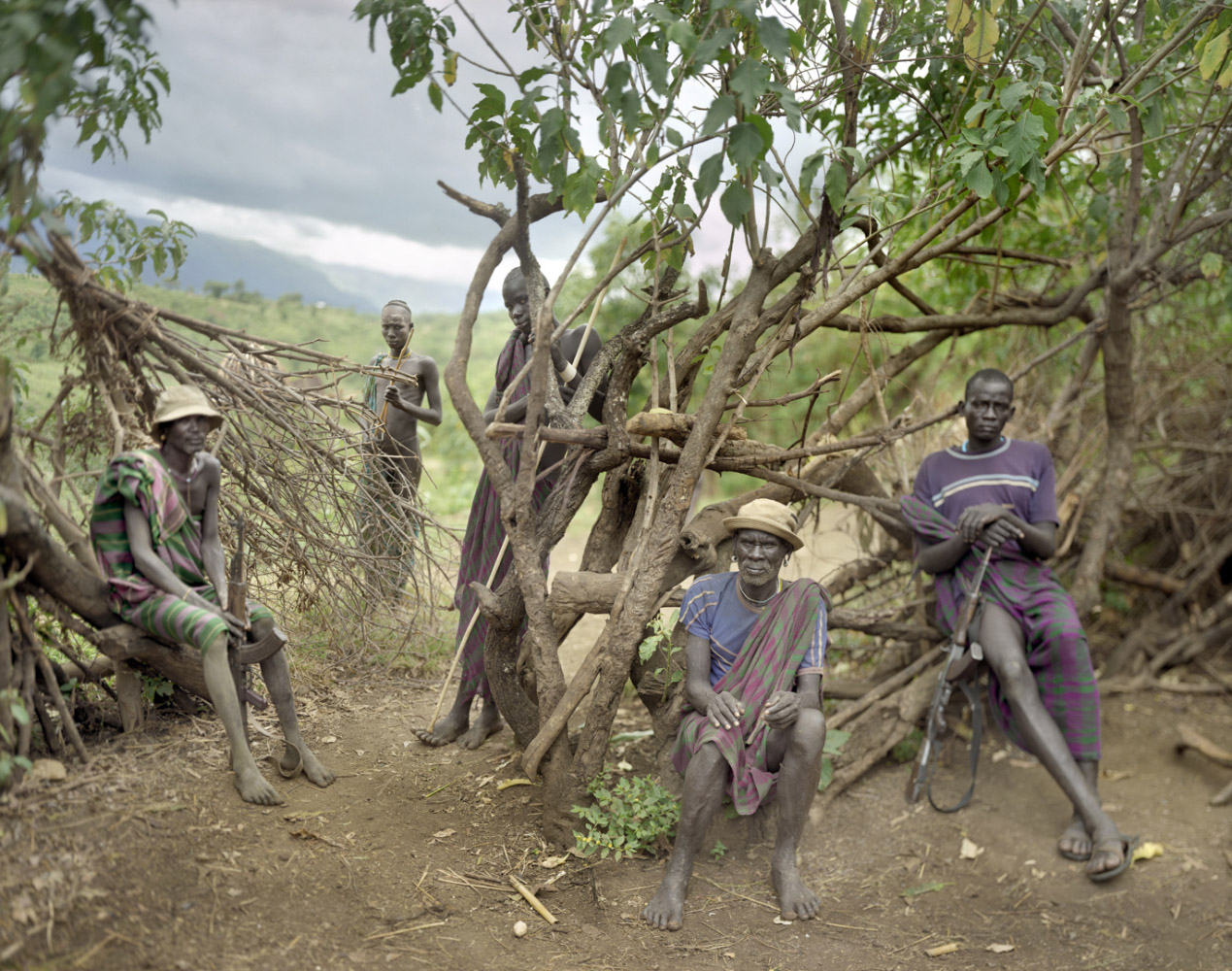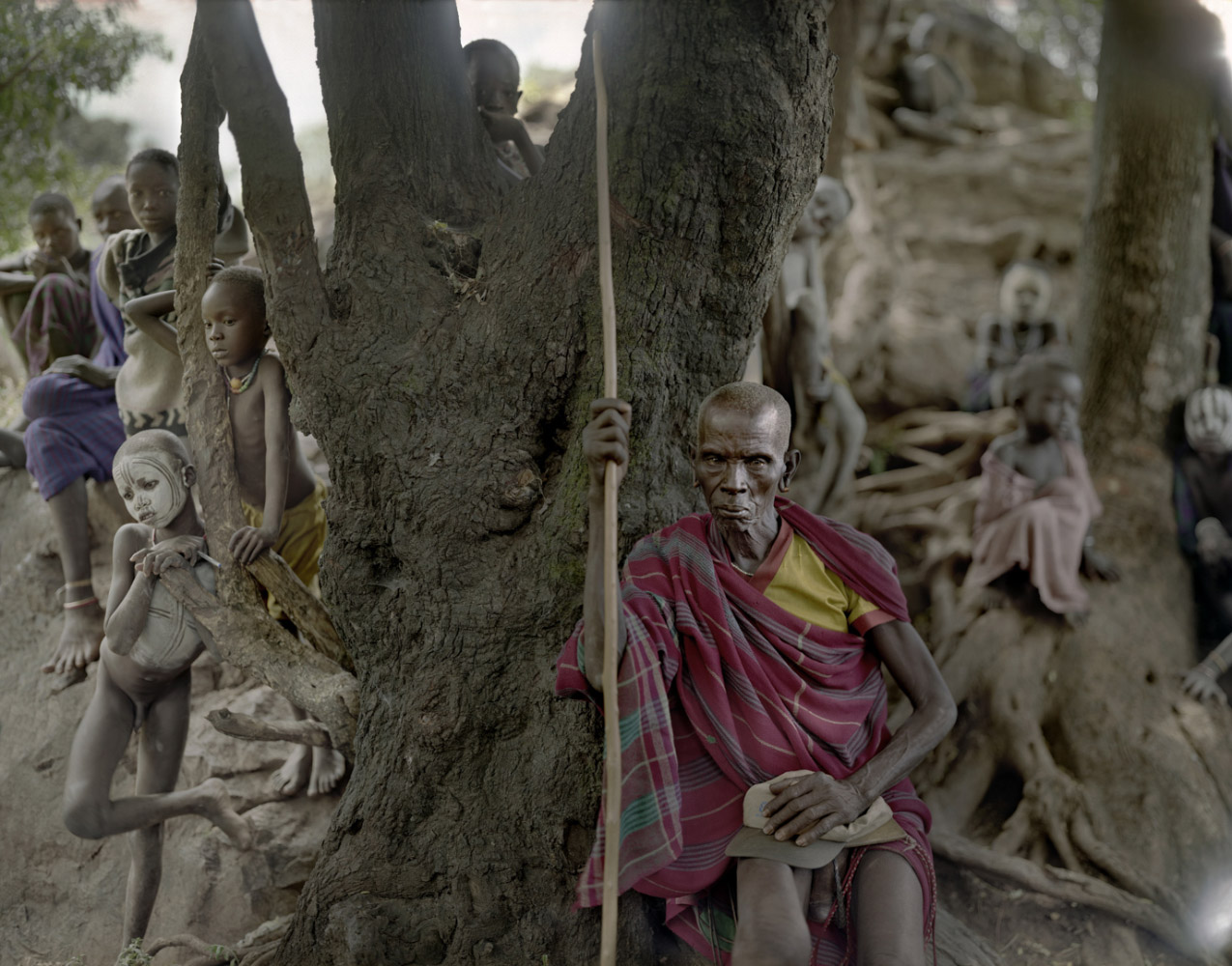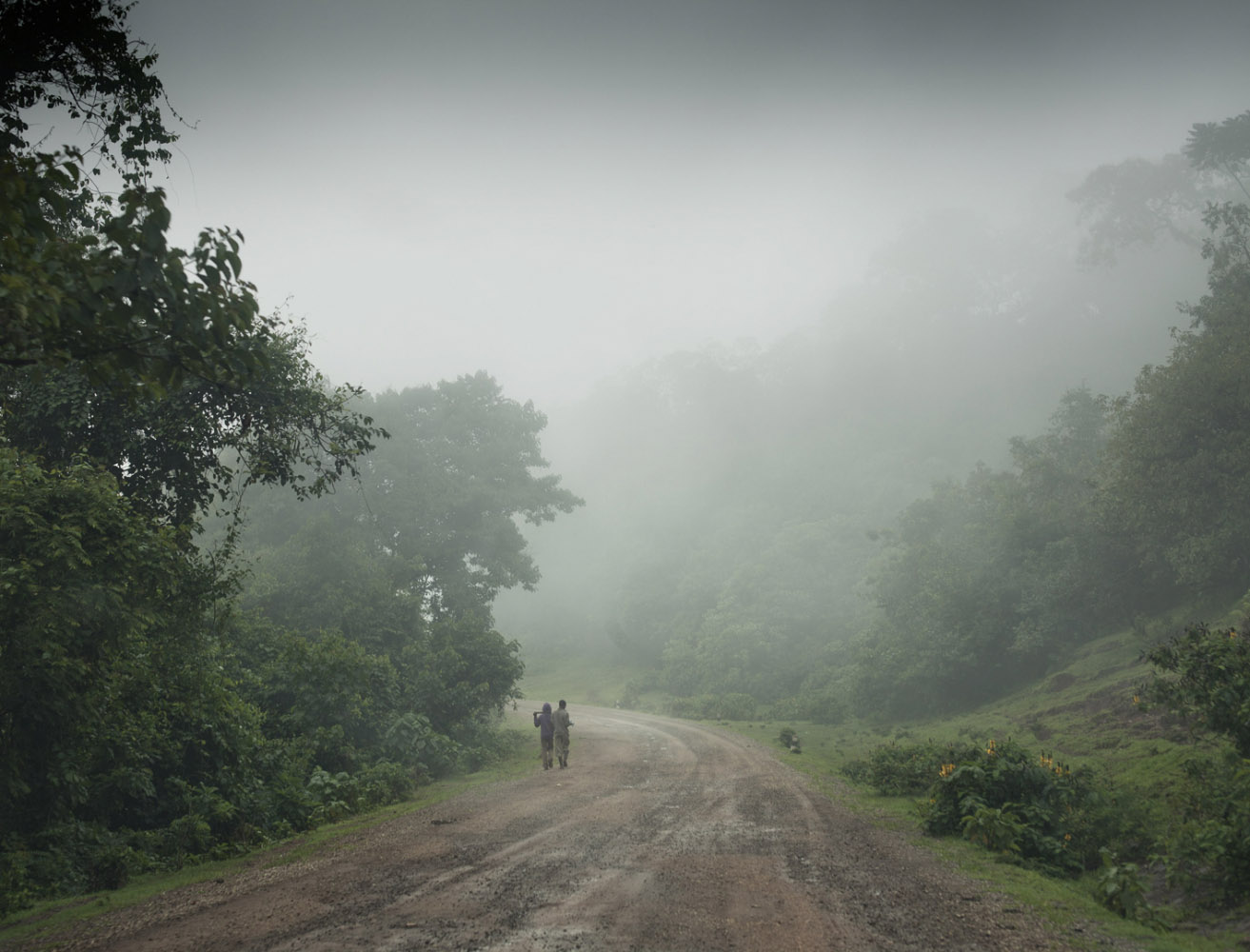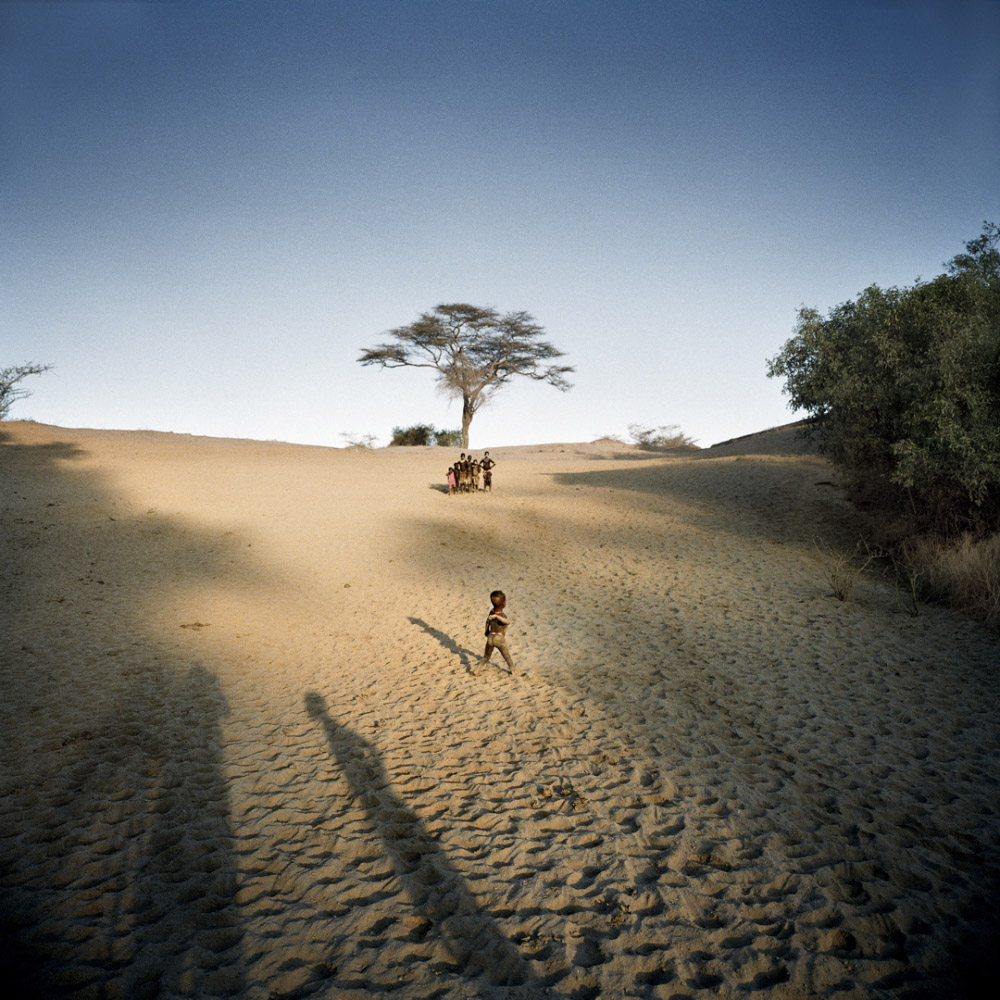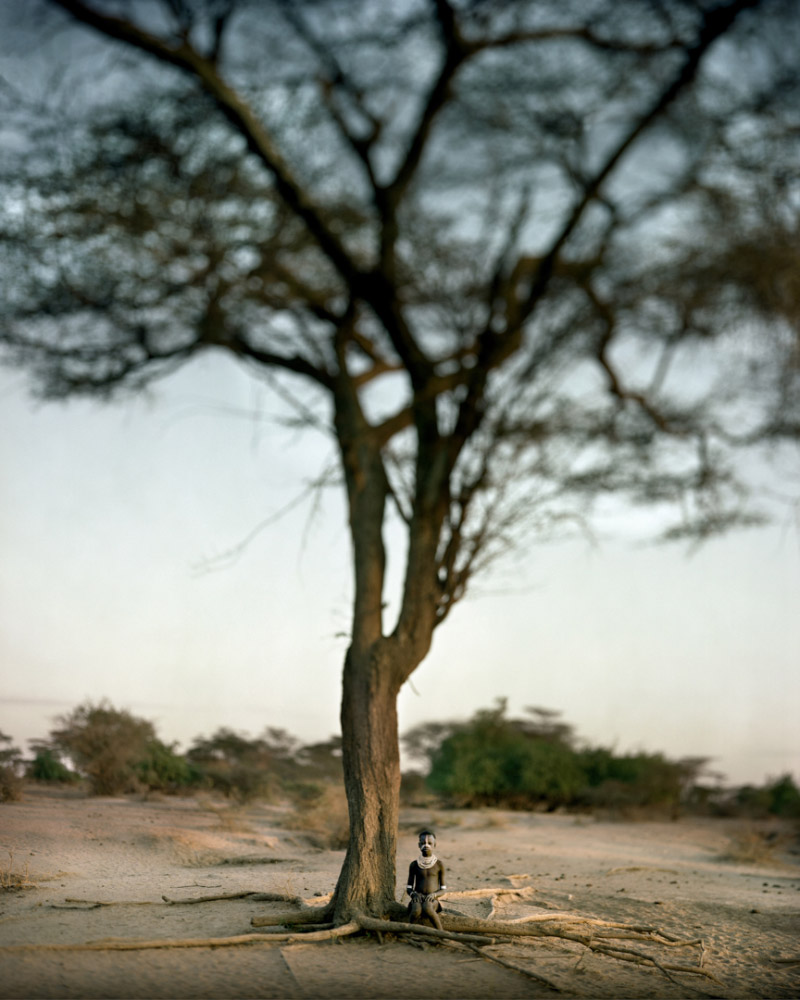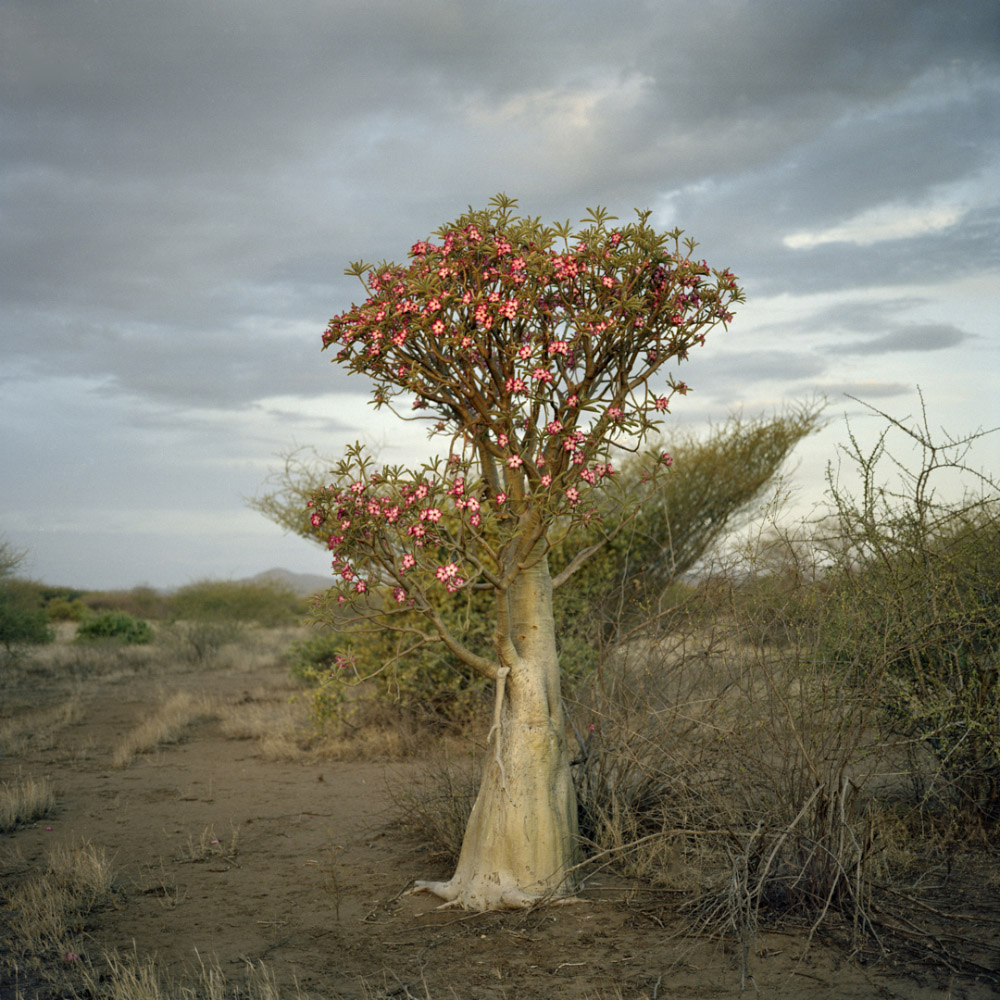Facing Ethiopia’s trees, 2017
Trees in East Africa have the characteristic of being a fully-fledged place, a lively place where every generations meet, sheltered from sunshine, to tell stories, work or cook. That way, they have a central role in the social life of villages. Furthermore, the numerous beliefs and superstitions around them, give them a strong symbolic dimension. We actually find them very often in the myths of villages or cities foundations. Because of the many functions and properties, they concentrate, they are also an essential element, deeply respected.
The pictures of Juan Manuel Castro Prieto, taken in Ethiopia, are stamped of this impressed and reverential feeling toward trees. In a foggy atmosphere, they appear majestic, almost mystic. They raise, hang over the frame and exceed us.
In only 50 years, Ethiopia has sacrificed more than 90% of its forests. The massive culture of eucalyptus imported from Australia has impoverished the grounds and gave no chance for those who live around to survive. A huge reforestation campaign is currently undergoing to preserve the biodiversity of the country and allow the wastelands to transform by letting the trees make what they do best: make some shadow, break up the wind, feed the ground and naturally irrigate the cultures.
